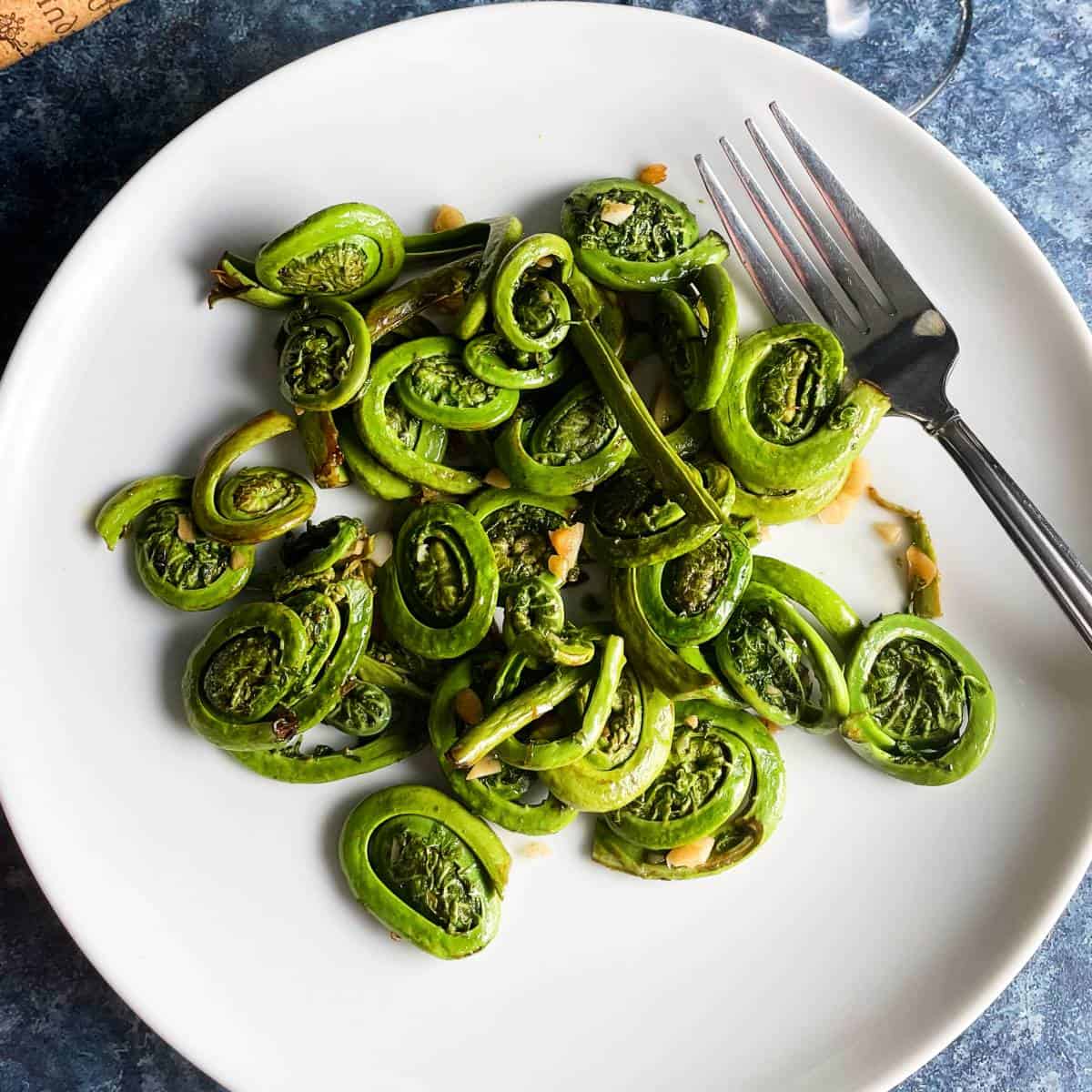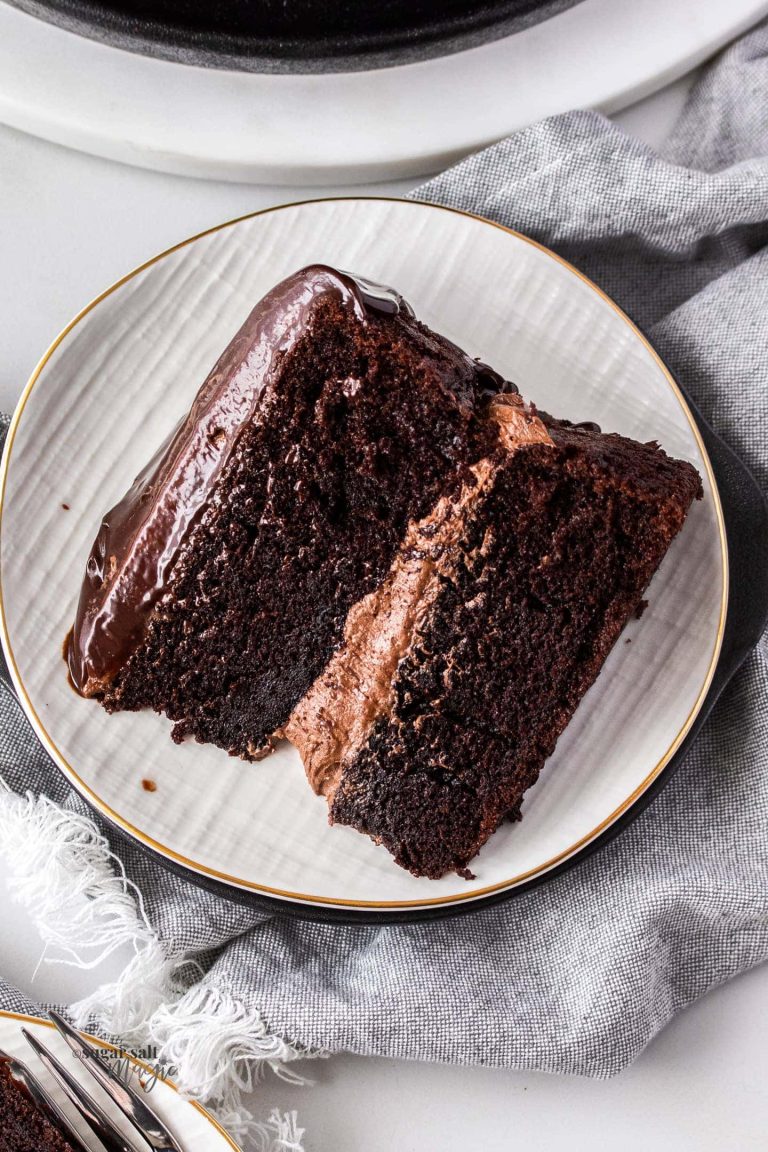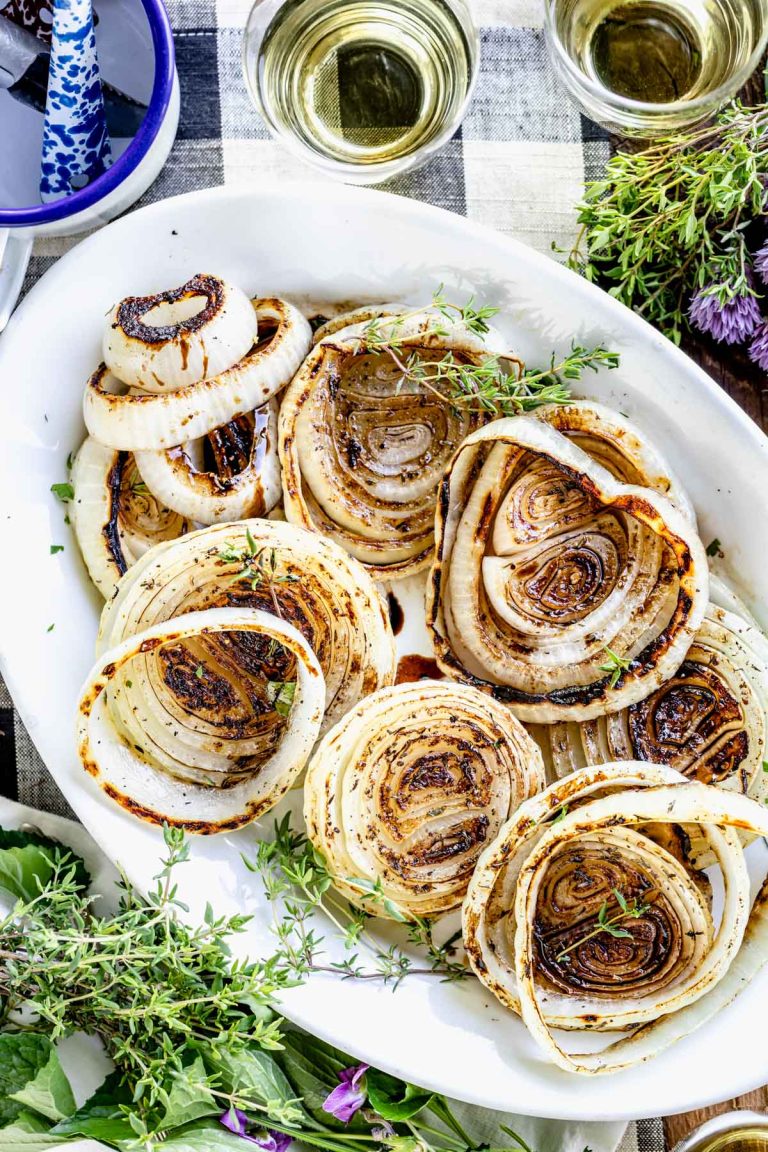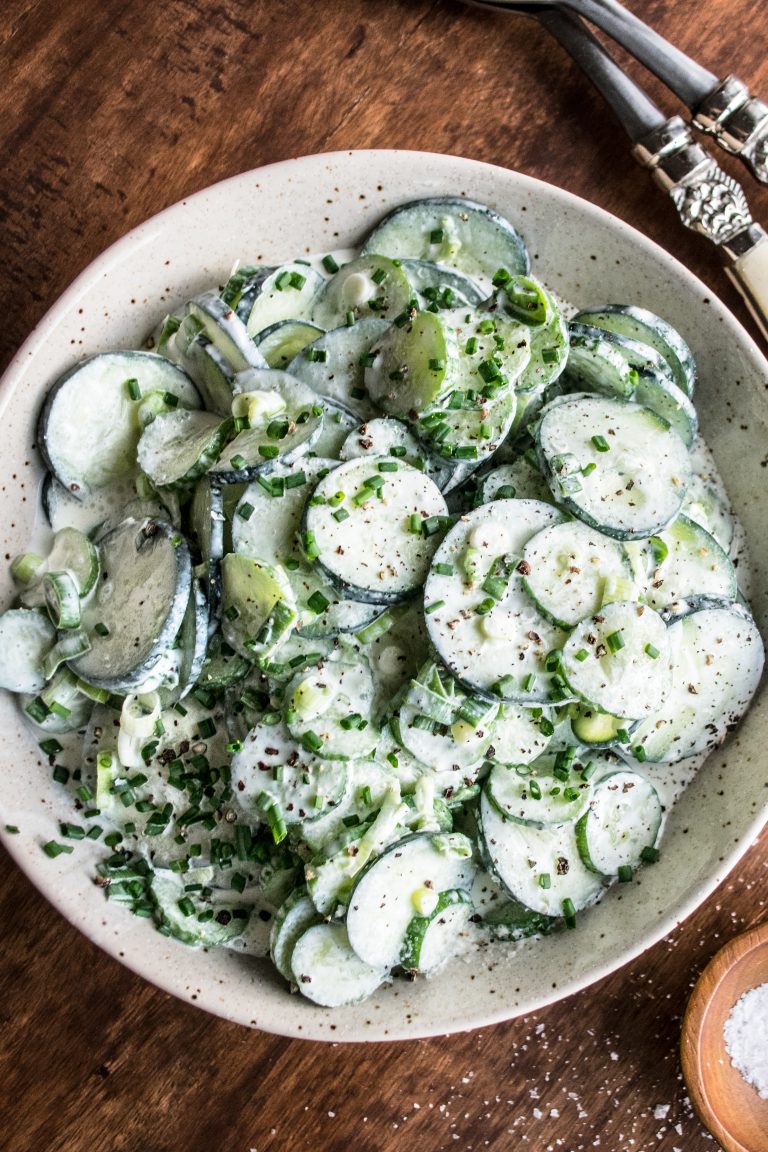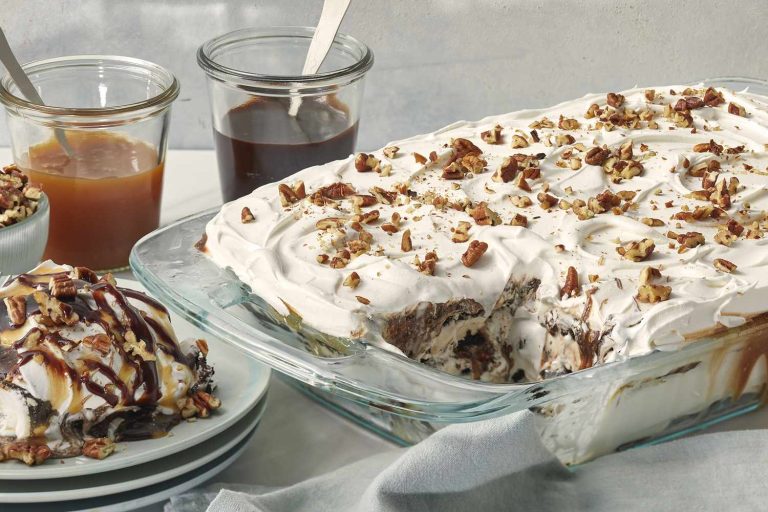Sauteed Fiddleheads: Tips, Recipes, and Health Benefits of This Springtime Delicacy
Fiddleheads, the coiled young shoots of ostrich ferns (Matteuccia struthiopteris), are both visually appealing and nutritionally rich. They offer antioxidants, omega-3 fatty acids, and essential vitamins such as A and C. When sautéed, these vibrant green spirals provide a crisp texture and a flavor profile reminiscent of asparagus and spinach. Often found in North American forests and near riverbanks, fiddleheads require careful handling and preparation to remove potential toxins and ensure safety.
Seasonal Availability and Sourcing
Fiddleheads are a seasonal delicacy, typically harvested during a short window in early spring, from late April to early June. This limited availability adds to their allure. You can often find them at farmers’ markets, specialty grocery stores, or foraged in the wild if you’re knowledgeable about their identification. When sourcing fiddleheads, look for tightly coiled, bright green fronds that appear freshly picked. Immediate use after harvest preserves their quality and flavor, making them a prized ingredient during their brief season.
Preparation Tips for Fiddleheads
Cleaning and Trimming
Rinse fiddleheads thoroughly under cold water to remove dirt and debris. Use a brush to gently scrub each frond, focusing on the tight coils where dirt may be trapped. Trim the brown, papery husk from the stems and cut off any discolored ends. Inspect each fiddlehead for quality and ensure it’s bright green.
Cooking Methods Beyond Sautéing
Consider steaming fiddleheads to retain their nutrients—place them in a steamer basket over boiling water for 10 minutes. Try boiling them in lightly salted water for 15 minutes if you want a softer texture. Experiment with roasting by tossing fiddleheads in olive oil, salt, and pepper, then roasting at 400°F for 15-20 minutes. Incorporate them into pasta dishes, stir-fries, or salads for varied culinary experiences.
The Art of Sauteeing Fiddleheads
Choosing the Right Fats and Oils
Selecting the best fats and oils ensures optimal flavor absorption when sautéing fiddleheads. Use high-smoke-point oils like olive oil, avocado oil, or ghee. These options maintain stability at high temperatures, preventing burnt or bitter flavors.
Flavor Enhancers and Seasoning Ideas
Adding fresh herbs and spices elevates sautéed fiddleheads. Use garlic, shallots, and lemon zest to brighten the dish. For a robust flavor, incorporate red pepper flakes, thyme, and a splash of soy sauce. Finish with a sprinkle of sea salt and freshly ground black pepper to enhance natural flavors.
Health Benefits of Fiddleheads
Nutritional Profile
Fiddleheads are rich in essential nutrients. They provide Vitamin A, Vitamin C, and several B-vitamins per serving. Besides these vitamins, fiddleheads offer important minerals like iron, potassium, and magnesium. They also contain antioxidants, which help combat oxidative stress in the body. High in dietary fiber, fiddleheads support digestive health. For optimal nutritional benefits, it’s essential to cook them properly.
Health Risks and Considerations
While fiddleheads offer numerous health benefits, uncooked or undercooked fiddleheads can cause foodborne illnesses. According to the CDC, it’s vital to cook them thoroughly by boiling for at least 15 minutes or steaming for 10 to 12 minutes before sautéing. Be cautious if you have allergies to other ferns, as this may indicate a potential reaction to fiddleheads too. Ensure proper cleaning and thorough cooking to enjoy their benefits without risks.
Serving Suggestions for Sauteed Fiddleheads
Pairings with Meats and Fish
Sauteed fiddleheads pair exceptionally well with a variety of meats and fish. Their delicate, slightly nutty flavor complements different proteins like chicken, pork, beef, and seafood, enhancing your dish without overpowering it. For example:
- Chicken: Serve sauteed fiddleheads alongside grilled chicken breast seasoned with herbs like thyme or rosemary.
- Pork: Complement pan-seared pork chops with fiddleheads, adding a squeeze of lemon for brightness.
- Beef: Pair fiddleheads with filet mignon or flank steak, seasoning with a touch of garlic and black pepper.
- Fish: Combine fiddleheads with grilled or baked salmon or trout, finishing with a drizzle of olive oil and fresh dill.
Vegetarian and Vegan Serving Ideas
Vegetarian and vegan options with sauteed fiddleheads can be equally enticing. Their versatility makes them a great addition to a range of plant-based dishes. Consider these ideas:
- Salads: Toss sauteed fiddleheads into mixed greens with a light vinaigrette, cherry tomatoes, and avocado.
- Grains: Add sauteed fiddleheads to quinoa, couscous, or brown rice bowls, topping with roasted veggies and tahini sauce.
- Pasta: Mix fiddleheads into a pasta primavera with garlic, cherry tomatoes, and olive oil for a springtime flare.
- Stir-fries: Incorporate fiddleheads into vegetable stir-fries with tofu, bell peppers, and soy sauce, serving over jasmine rice.
These suggestions enhance the natural flavors of fiddleheads and provide a well-rounded, enjoyable meal experience. Consider the nutritional benefits and diverse pairings as you plan your next culinary creation featuring sauteed fiddleheads.
Conclusion
Sautéed fiddleheads offer a delightful addition to your culinary repertoire. Their unique flavor and versatility make them perfect for a variety of dishes, whether paired with meats or incorporated into vegetarian and vegan meals. Remember to use high-smoke-point oils and flavorful seasonings to bring out their best taste.
By thoroughly cooking fiddleheads, you can enjoy their health benefits while avoiding potential risks. Whether you’re a seasoned cook or a curious foodie, sautéed fiddleheads are sure to impress and elevate your springtime dining experience.
